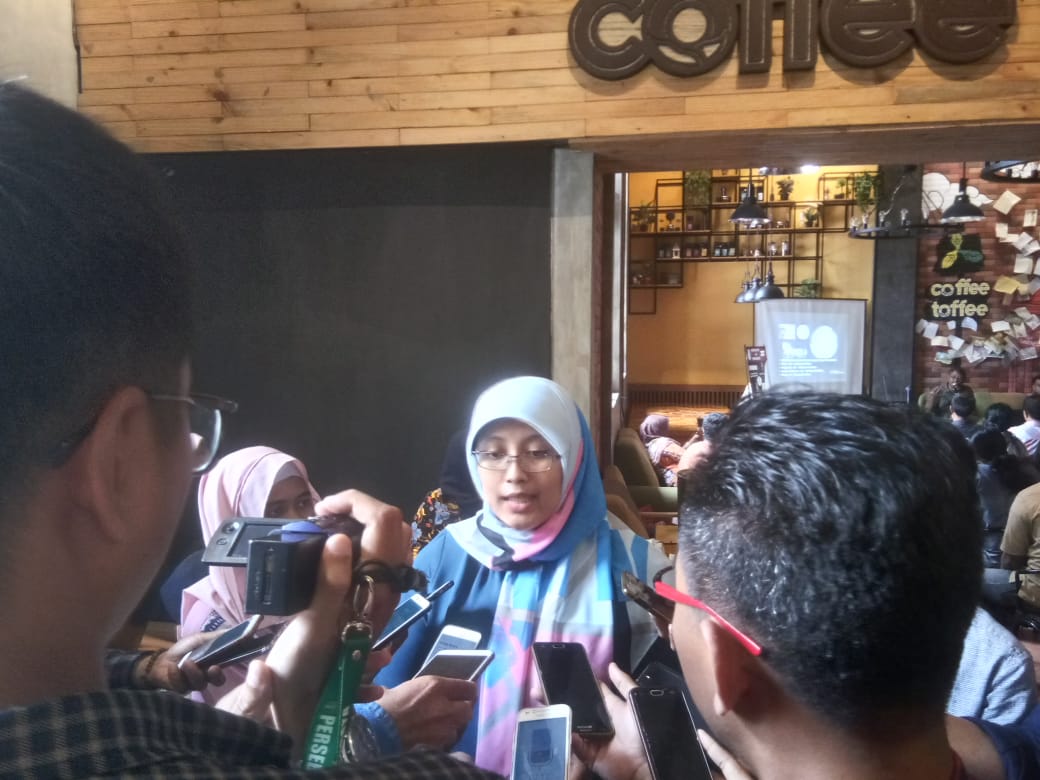UNAIR NEWS – As a team specializing in solid waste management research, several lecturers of Universitas Airlangga conducted a study in several regions or locations and the results showed that there was a change in the composition of the waste. The team coordinator, Nita Citrasari, S.Si., M.T., and two other lecturers, Dr. Sucipto Hariyanto, DEA., Dwi Ratri Mitha Isnadina, S.T., M.T., were supported by two students working on their thesis, Habil Maqdum Faruqi and Lusya Sevyana Octavia.
To UNAIR NEWS on March 29, the coordinator known as Nita said that river waste is indeed dominated by organic waste, but the second pollutant is plastic. She also emphasized that there is a correlation with Jambeck’s study result in 2015, Indonesia is ranked second as a country which contributes waste to the ocean.
“We assume that the garbage is also plastic, considering the common used of non-biodegradable plastics with long decomposition rate. Other study result showed that when a landfill mining is conducted in passive TPA (final dump site which has been closed or no longer operates for more than 3 years), we found that plastic is at the highest rank,” she explained.
Such garbage, she continued, is indeed difficult to control it so there is great possibility that they are thrown out in the environment. In theory, there are also what we called secondary microplastics. Micro-sized plastics from the fragmentation of larger waste particles. Both microplastics and macroplastic often found in water because of human factors, for example because people throw garbage into the river or environmental factors, such as carried by rainwater.
“Therefore we assume that in the water there are microplastics. Water is a good medium for microplastics distribution, due to its wide use. As raw material for drinking water, recreation, irrigation and agriculture. It is important to conduct research on the existence of microplastics in the water. Surabaya River is the largest surface water source in Surabaya. Therefore, our first study was about Surabaya River, ” she explained.
Regarding the purpose of the study, she explained that there were two objectives, operationally and conceptually. Operationally, she explained, the study aimed to determine the microplastics distribution in Surabaya River. As for conceptual purposes, the study aims to map “fate or pathways” of microplastics. Starting from the source up to its existence in an ecosystem.
“So the initial stage is identification of types and abundance, then we can continue to the content and its impact on living things and their environment,” she said. “The initial stage of this study, which we are working on now. Its result shows the type and abundance in Surabaya River, Wonokromo – Driyorejo sub-district segment, “she added.
Regarding the benefits of this study for the public, she emphasized that the study conducted with the team could be an evaluation and introspection material for policy making related to reduce, reuse, recycle plastic waste with more emphasis on reducing activities (limiting the use of disposable plastic) as part of waste management, either household waste or industrial waste.
“For this reason, there should be a synergy from the community including the industry and the government to reduce the use of plastic. And most importantly, to be a suggestion for the government that waste management policy including plastic waste that has been made continues to be disseminated with more assistance and supervision of its implementation, ” she explained. “For the community, we hope that there will be a change in the behavior of managing waste, especially plastic waste. Because whatever technology applied the main key is behavior change, “she concluded.
Author: Nuri Hermawan





